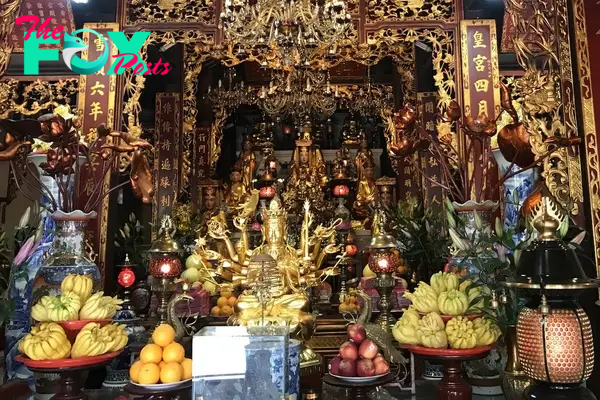Travel
A Beginner’s Guide to Hanoi: 13 Things You Should Know
Did you know that Hanoi is home to the world’s largest mosaic mural? That the city is dotted with French Colonial architecture? What about the fact that it is the hub of the Vietnamese food scene? Whatever you’ve heard about this bustling Vietnamese center, the city is teeming with secrets waiting to be uncovered.
The word ‘Hanoi’ translates to ‘The City of Rivers’ perfectly describing the city’s geography. Hanoi attracts foreigners with its chaotic charm, rich Colonial History, and incredible pagodas and cultural landmarks. It’s regarded as one of the world’s most ancient capital cities, having been the capital for 1000 years, bar a short period when the role was held by Hue.
Safe to say, there is a lot to see and do in Vietnam’s capital. Without boring you with a list of tours and attractions, I’ve decided giving a few pointers for your first visit to Hanoi would be more useful. These tips, tricks, and actionable recommendations will come in handy from the moment you arrive in the country.
Prepare Yourself to Bargain
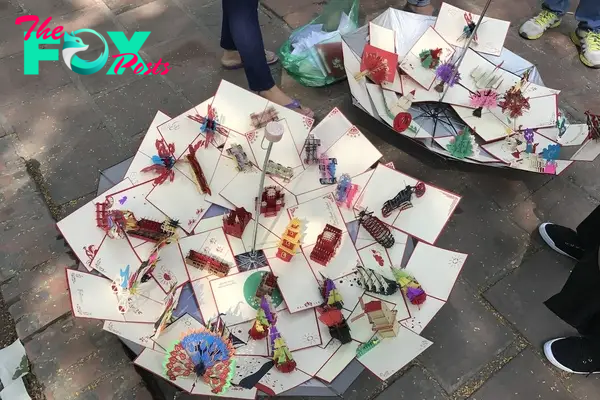
The first thing you need to know is that bargaining is common practice here. In fact, haggling is an art form at Hanoi’s markets. Whether you’re shopping for souvenirs at the four-story Dong Xuan Market or browsing the stalls around the Old Quarter, bargaining is expected.
You can expect to engage with friendly yet persistent vendors who are eager to strike the best deal.
Pro Tip: Bargaining isn’t only about getting the lowest price possible. In fact, bargaining too low is frowned upon. Treat it as a cultural experience in which you pay what you think your purchase is really worth.
The Streets are an Ocean of Scooters and Cars

Navigating the streets of Hanoi can feel like diving into an ocean of honking cars and zipping scooters. The traffic flows in a rhythm of its own, it looks totally disorganized yet somehow follows a perfect formation at the same time.
Be careful when crossing roads, which can take the phrase ‘sensory overload’ to the next level. Exercise even more caution if you rent a scooter or a car. While general driving rules apply, driving here truly feels nothing like it does in Western countries.
The Vietnamese are Some of the Friendliest People in the World
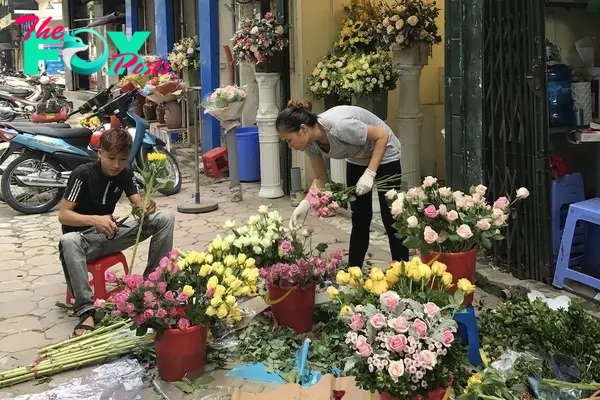
From the very first interaction you have in Vietnam, you’ll come to realize that the country is home to some of the world’s most kind and friendly people. Hospitality is a foundational part of Vietnamese culture, and locals take pride in being helpful to those struggling with directions or the local language.
Pro Tip: Engage with locals as much as you can, and don’t be surprised if you’re invited to a family meal or to join or spectate a traditional game of bai choi with some new friends. After all, these are the experiences that shape a vacation.
Overnight Buses Are Better Than Some Airlines’ Business Class

I don’t know if you’ve ever seen the inside of a bus in Vietnam, but the seats are pretty much lie-flat beds. Seriously, they recline so much they almost feel like you’re in a business-class airline seat.
In addition to being surprisingly comfortable, overnight buses are an affordable way to Travel long distances across the country. A four-hour journey could cost as little as $16.
Pro Tip: I recommend booking a seat in advance. Make sure you arrive at the bus stop early and take advantage of the bathroom stops. I also advise picking a top bunk if you have the opportunity to. These are preferable because you don’t have to deal with other passengers crowding the aisles.
Watch a Water Puppet Show at the Thang Long Theatre

If there is one cultural experience you have to experience, it’s a traditional water pupPet show at the Thang Long Theatre.
Set in a theatre from the 60s, water pupPet shows are a traditional theatrical art form that dates back centuries. During the 50-minute production at Thang Long Theatre, pupPets glide gracefully across a pool of colorful, back-lit water while musicians play traditional instruments. It’s a mesmerizing glimpse into the traditional folklore and culture of Vietnam.
Tickets range from $8 to $15 per person and are best purchased in advance.
Visit During the Dry Season
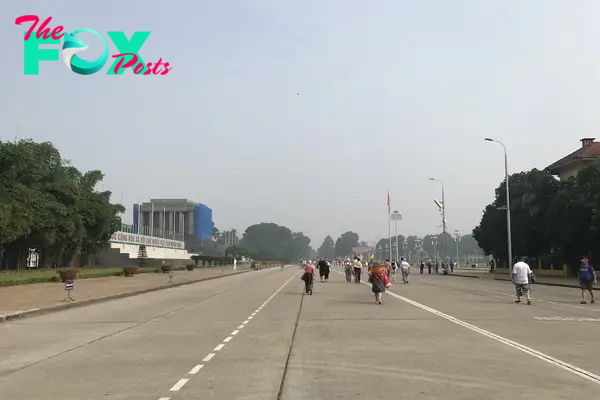
Vietnam has a tropical monsoon climate, with southwesterly monsoon rains between May and September and northern monsoons between October and April. And when it rains, it pours.
The best time to visit depends on the part of the country you intend to Travel to. Since Hanoi is located in Northern Vietnam, the best time to visit the city is between October and April.
During these months, the weather is cooler and less humid, making it possible to explore the city, trek through the nearby mountains, and visit the temples and cultural sites without getting drenched by rainfall.
Pro Tip: Bring along a lightweight rain jacket and waterproof shoes regardless of the time of year you visit. Weather can be unpredictable along the equator.
Bring Along Your Own Water Bottle
Tap water is not safe to drink in Hanoi. Some recommend boiling water before drinking it; others recommend avoiding it altogether. I choose to be safe rather than sorry and only drink bottled water in Hanoi.
Bringing along your own water bottle is a great way to stay hydrated and minimize plastic waste at the same time. With the average person drinking between five and seven bottles of water daily, every tourist throws away more than 35 empty bottles each week!
Dress Code is Casual
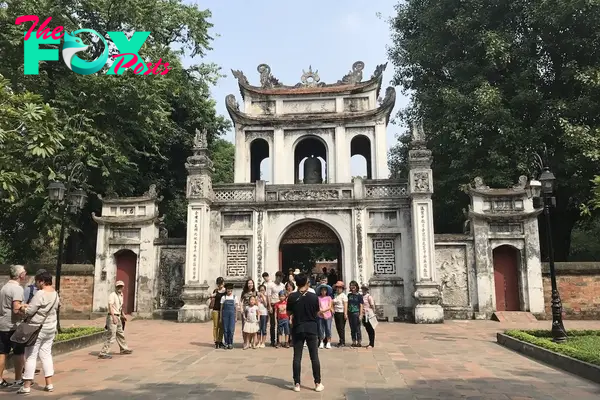
Hanoi’s dress code is casual. Shorts and t-shirts are totally acceptable to wear in most places. However, when visiting temples or pagodas, make sure you cover your knees and shoulders out of respect for local customs and religions.
Pro Tip: Always carry a shawl or lightweight scarf wherever you go. This way, if you happen to pass a pagoda you want to pop into, you can quickly cover up your shoulders without carrying a change of clothing.
Sign Up for a Vietnamese Cooking Class

This is less advice and more of a recommendation, but I totally recommend joining a cooking class. Banh mi, pho, and glass spring rolls are all Vietnamese dishes that have made their way onto menus across the globe – and for good reason. Vietnamese food is some of the most flavorsome in the world, and Hanoi is the reigning hub of this cuisine.
The Hanoi Cooking Centre offers a range of hands-on courses where you can prepare dishes designed by a well-known chef who has published a book on Vietnamese street food. A class costs around $55 per person, and you get to enjoy your delicious home-cooked meal at the end of it.
Explore the Old Quarter
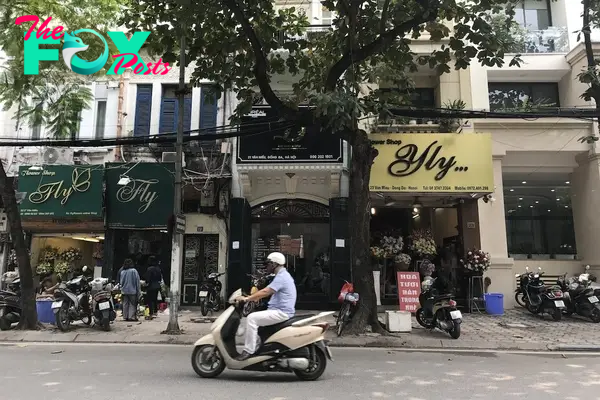
Strolling the streets of Hanoi’s Old Quarter is like stepping into a labyrinth of narrow alleyways, temples, and street markets. It’s a sensory overload in the best way possible, where hot plates sizzle at street food stalls, countless telephone and electricity lines crisscross through the sky, and chaotic scooters zoom around corners.
Skip Starbucks and Try an Egg Coffee
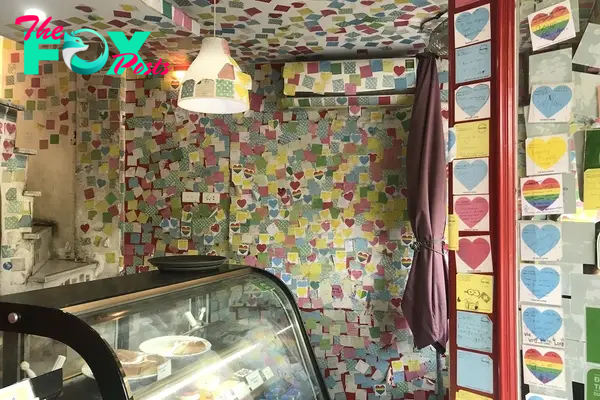
You simply cannot leave this city without trying the authentic egg coffee. Yup, you heard right. Made using a decadent mix of egg yolks, condensed milk, and the strong Vietnamese coffee the country is so famous for, a cup of this will take you from zero to hero in seconds.
It’s served at most of the city’s coffee shops. The Note Coffee, which is a cafe decked out floor to ceiling with colorful sticky notes, makes a delicious egg coffee for less than two bucks.
Street Food Can Be Better than Expensive Restaurants
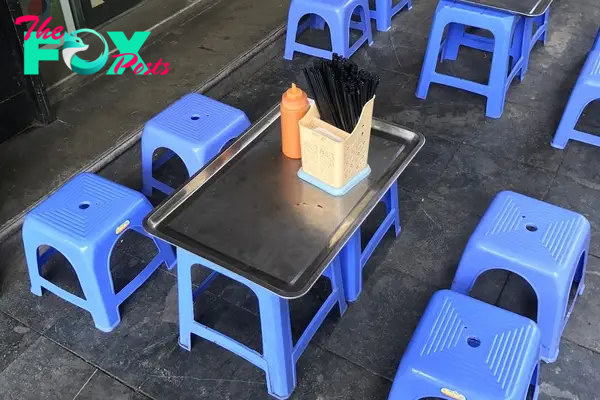
As with many Southeast Asian cities, there is something special to be said about the street food. Hanoi is no different, with some of the country’s best food sold right off the streets. Check out the Old Quarter for authentic Vietnamese pho, or grab a banh mi to-go while exploring the city on foot.
For the most authentic street food experience, enjoy your dish on the colourful children-sized chairs and tables around most vendors.
Always Keep an Eye on Your Belongings
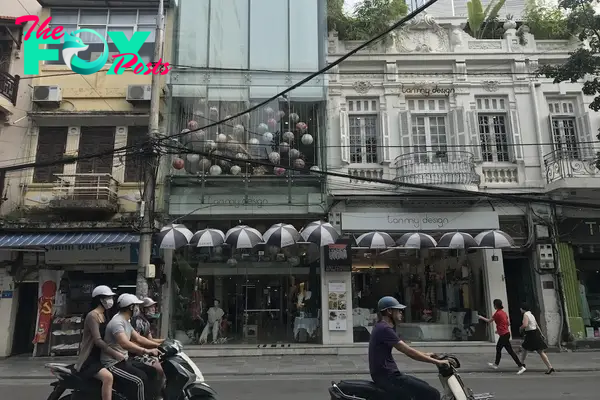
Ending with a practical tip, make sure you keep your belongings close to you and don’t unnecessarily flaunt any cash. Hanoi is typically a safe city, but like everywhere, there are bad areas and bad people, and it doesn’t hurt to heed caution.
Pro Tip: I enjoy wearing a basic money belt instead of an oversized handbag here. And if I do wear a handbag, I make sure it has a zipper that can close completely.
-

 Travel4h ago
Travel4h ago5 Fantastical Travel Locations that are Out of This World
-

 Travel1d ago
Travel1d ago12 Best European Cities to Visit in January
-

 Travel1d ago
Travel1d ago10 Ultra-Luxury Ski Resorts Around The World
-
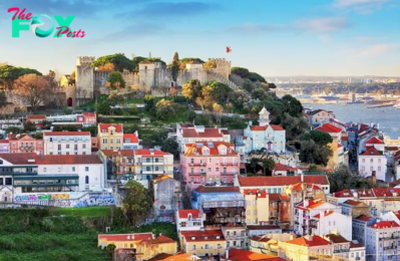
 Travel2d ago
Travel2d ago10 Most Beautiful European Capitals
-

 Travel2d ago
Travel2d agoHow to Avoid Cruises with Too Many Children
-

 Travel5d ago
Travel5d ago10 Best Islands to Visit in December
-
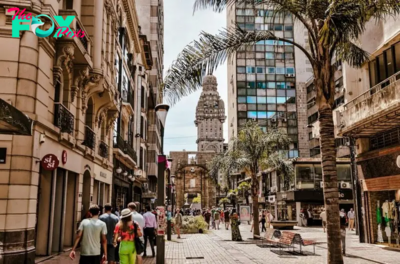
 Travel6d ago
Travel6d ago10 Best Countries to Visit in January
-
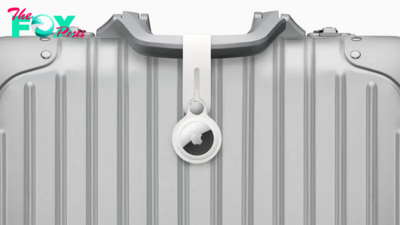
 Travel6d ago
Travel6d agoCheck Out the Best Smart Trackers in the Market for Your Luggage
